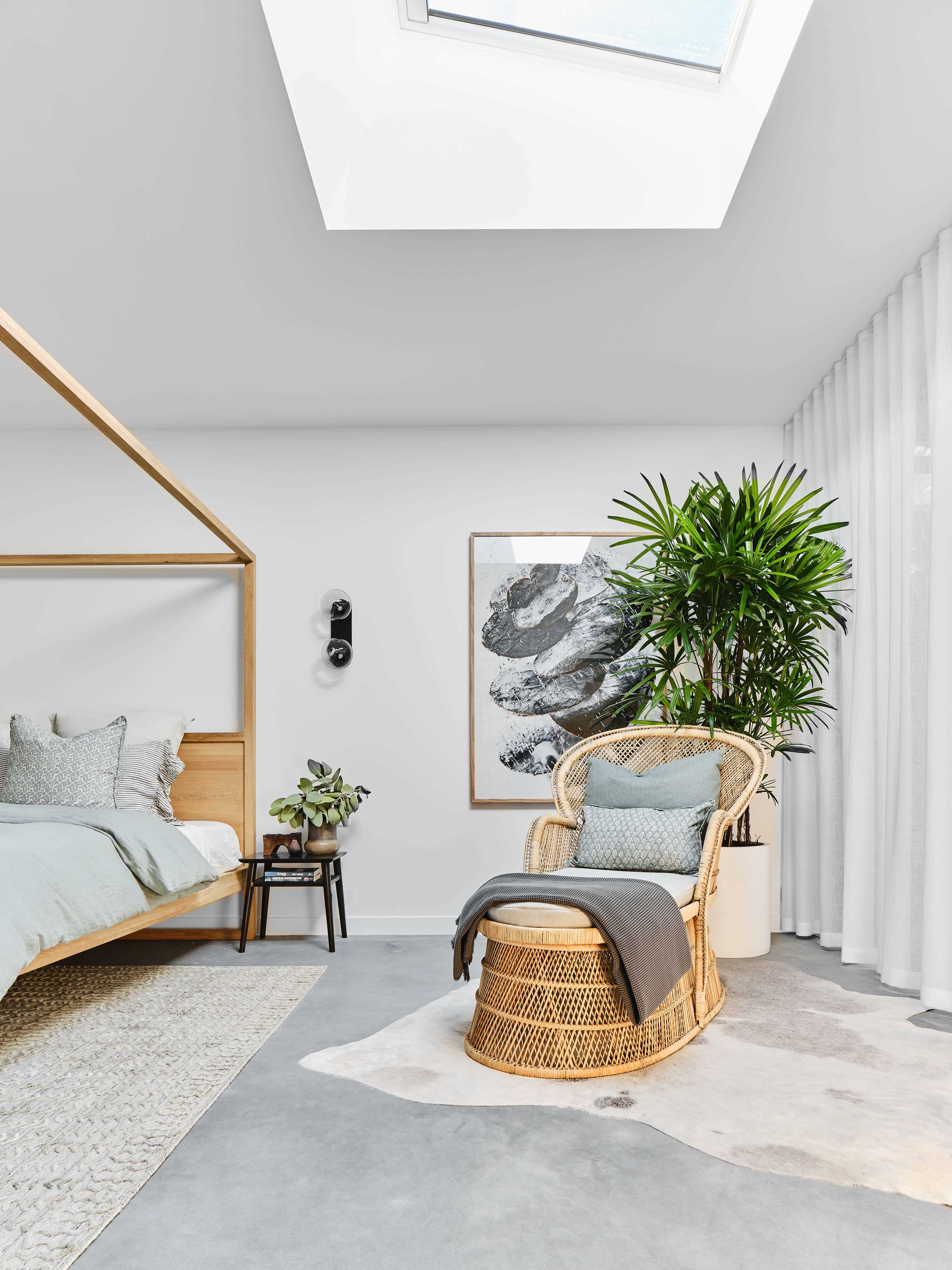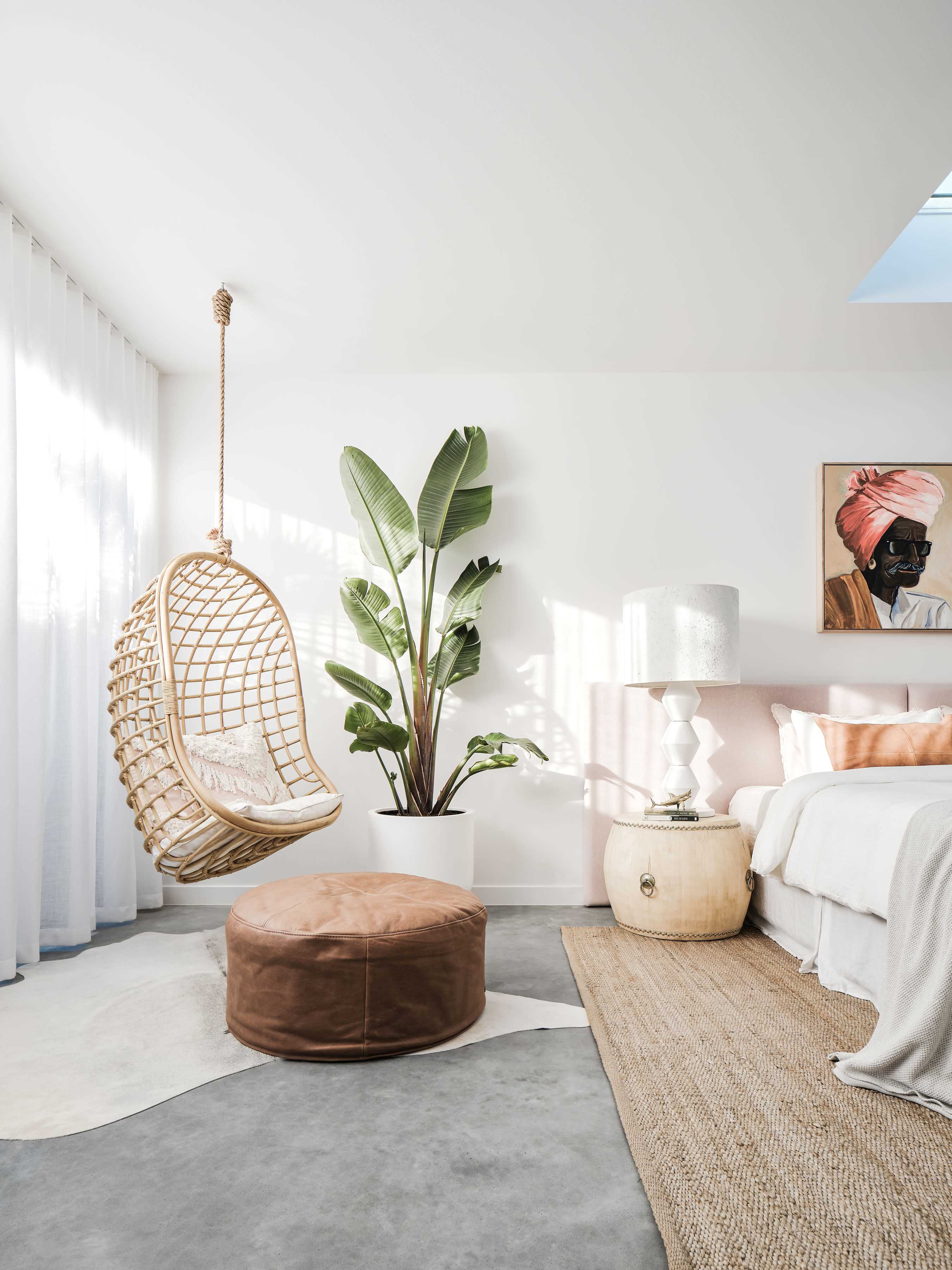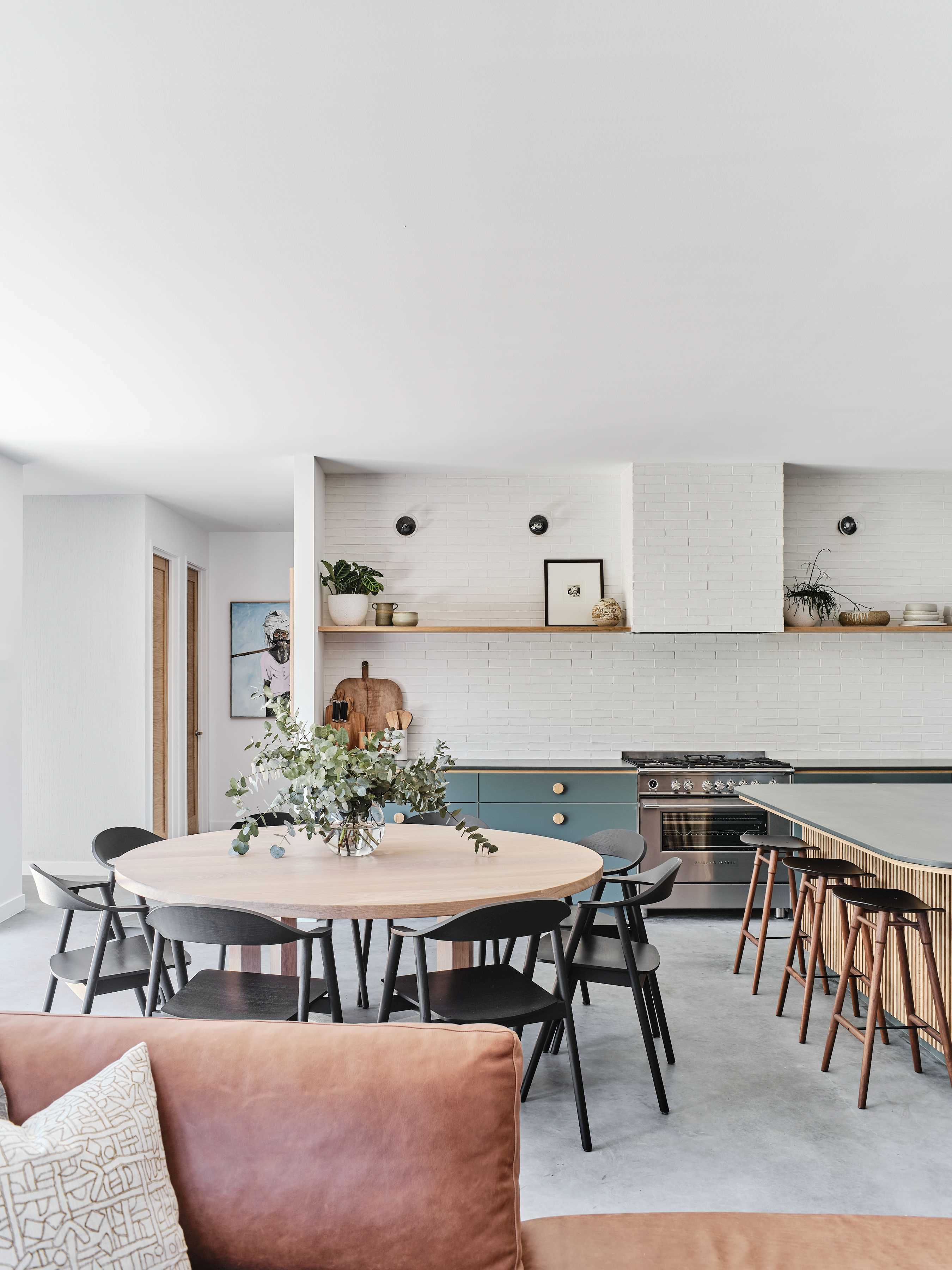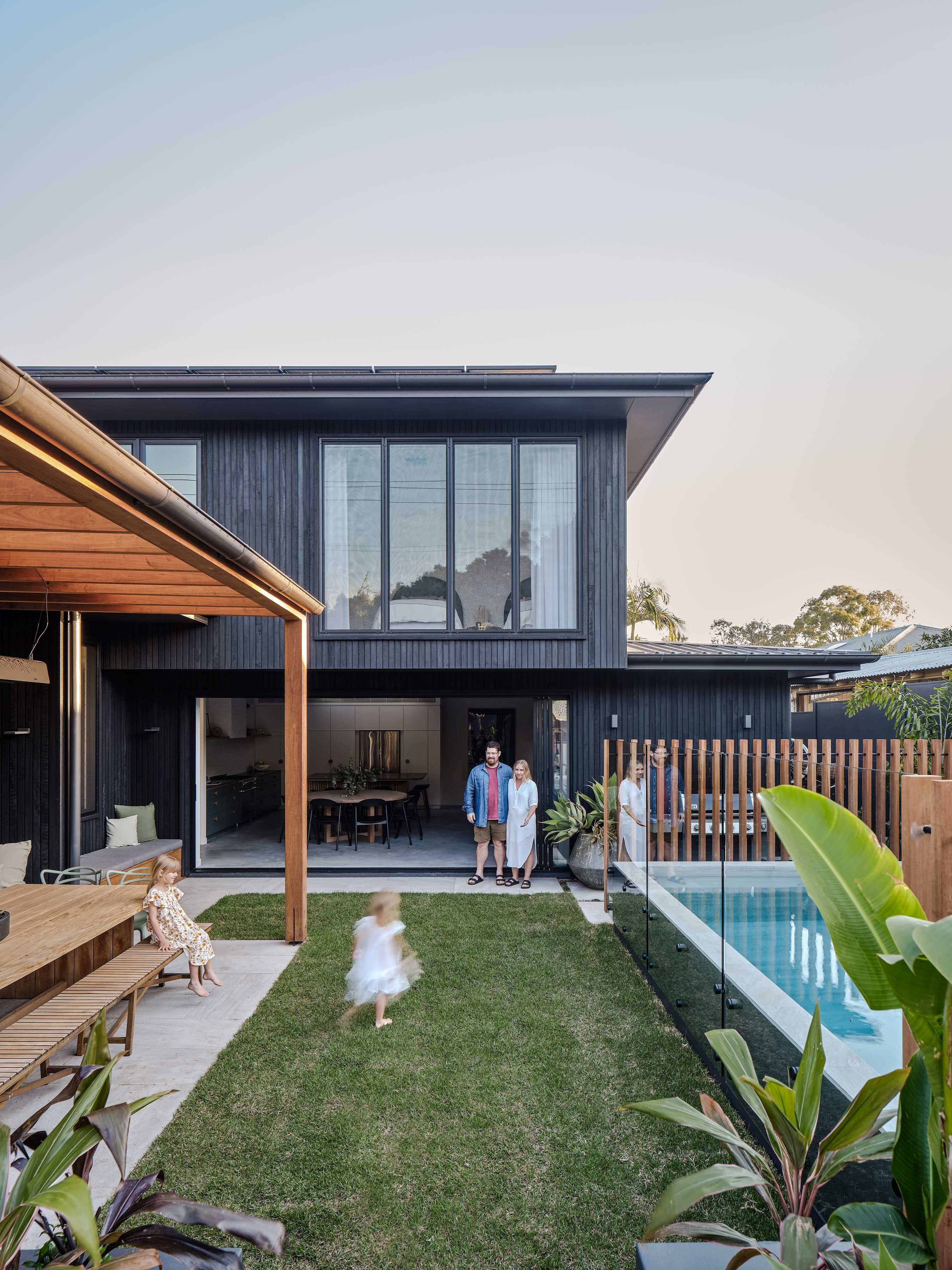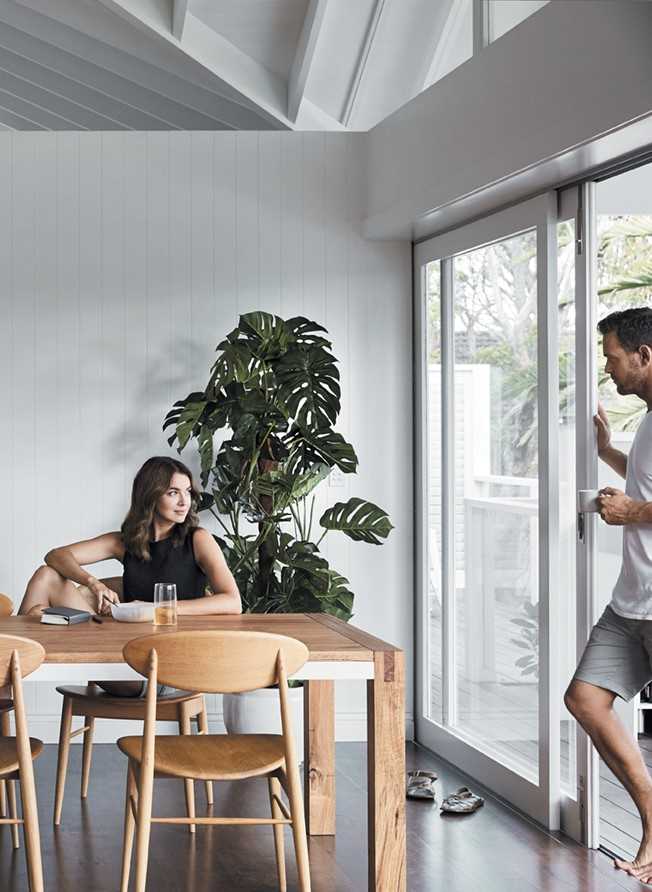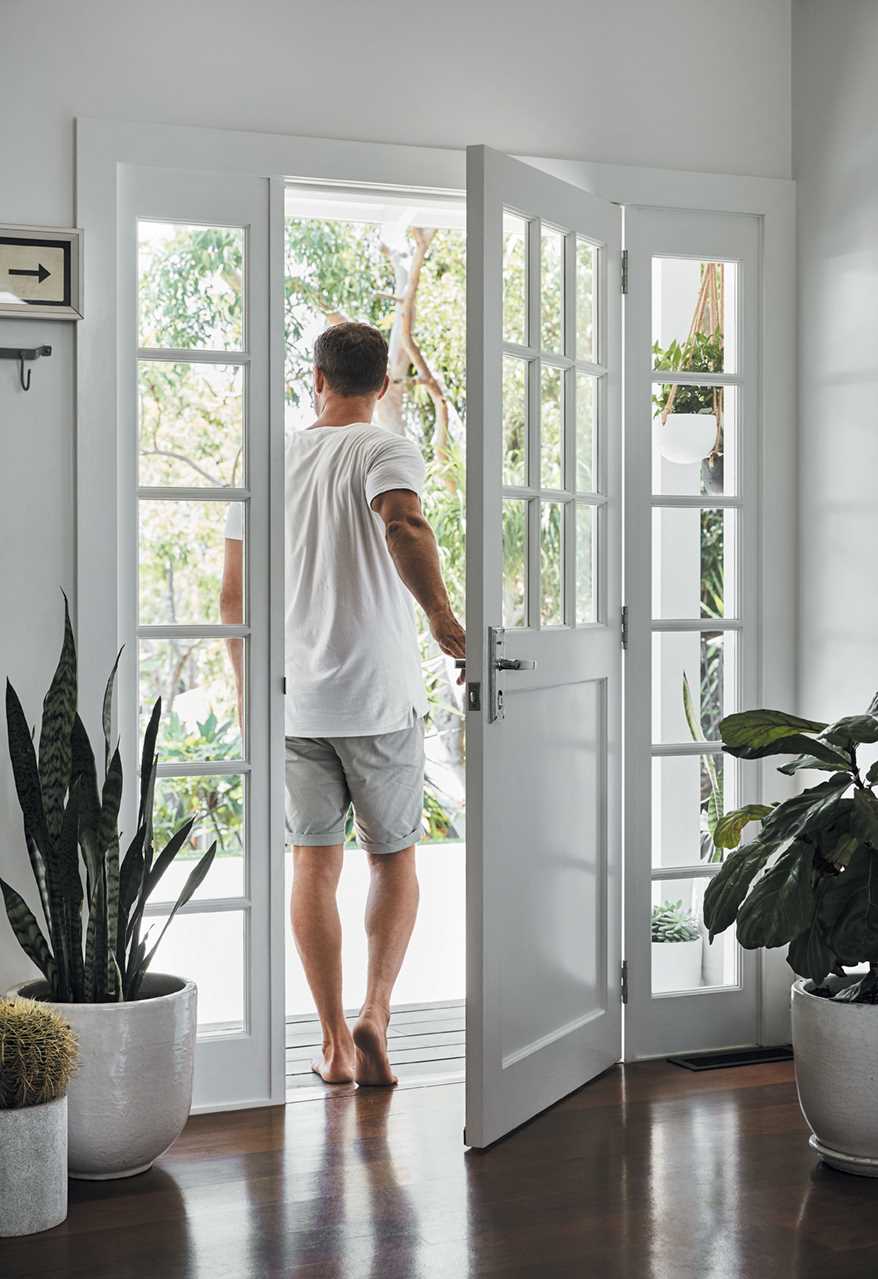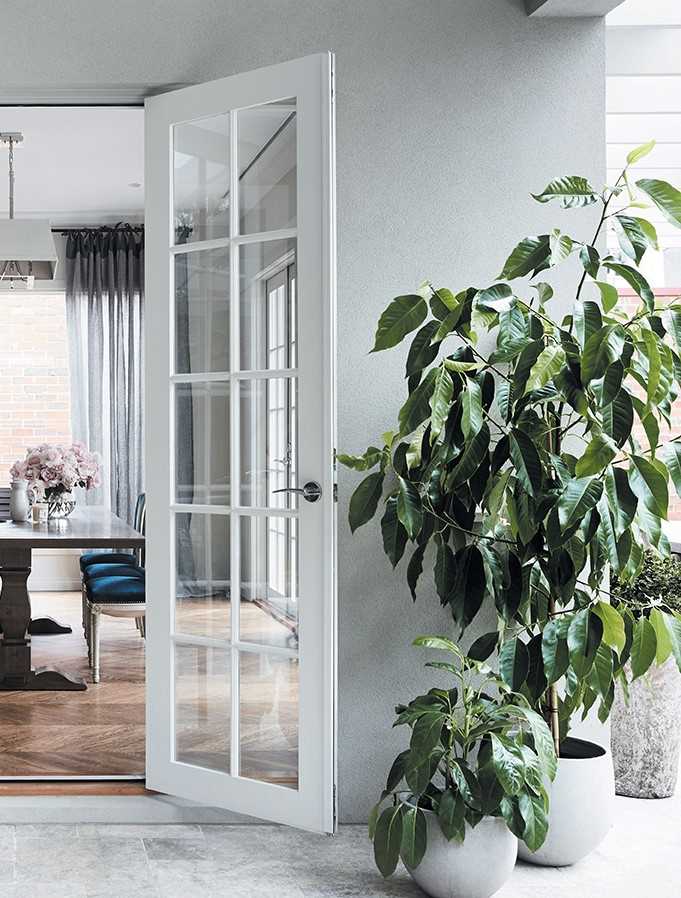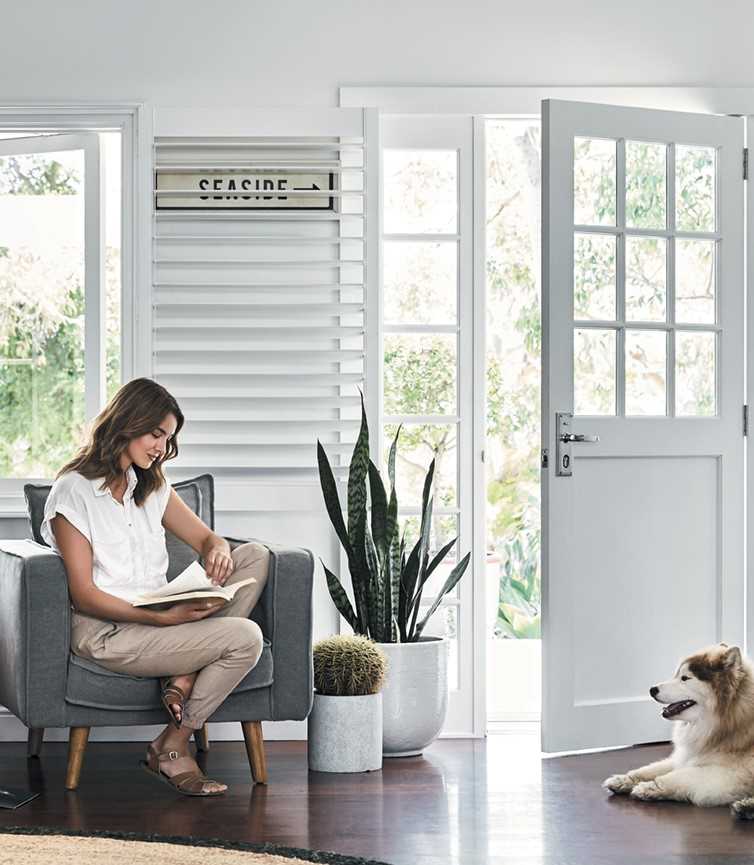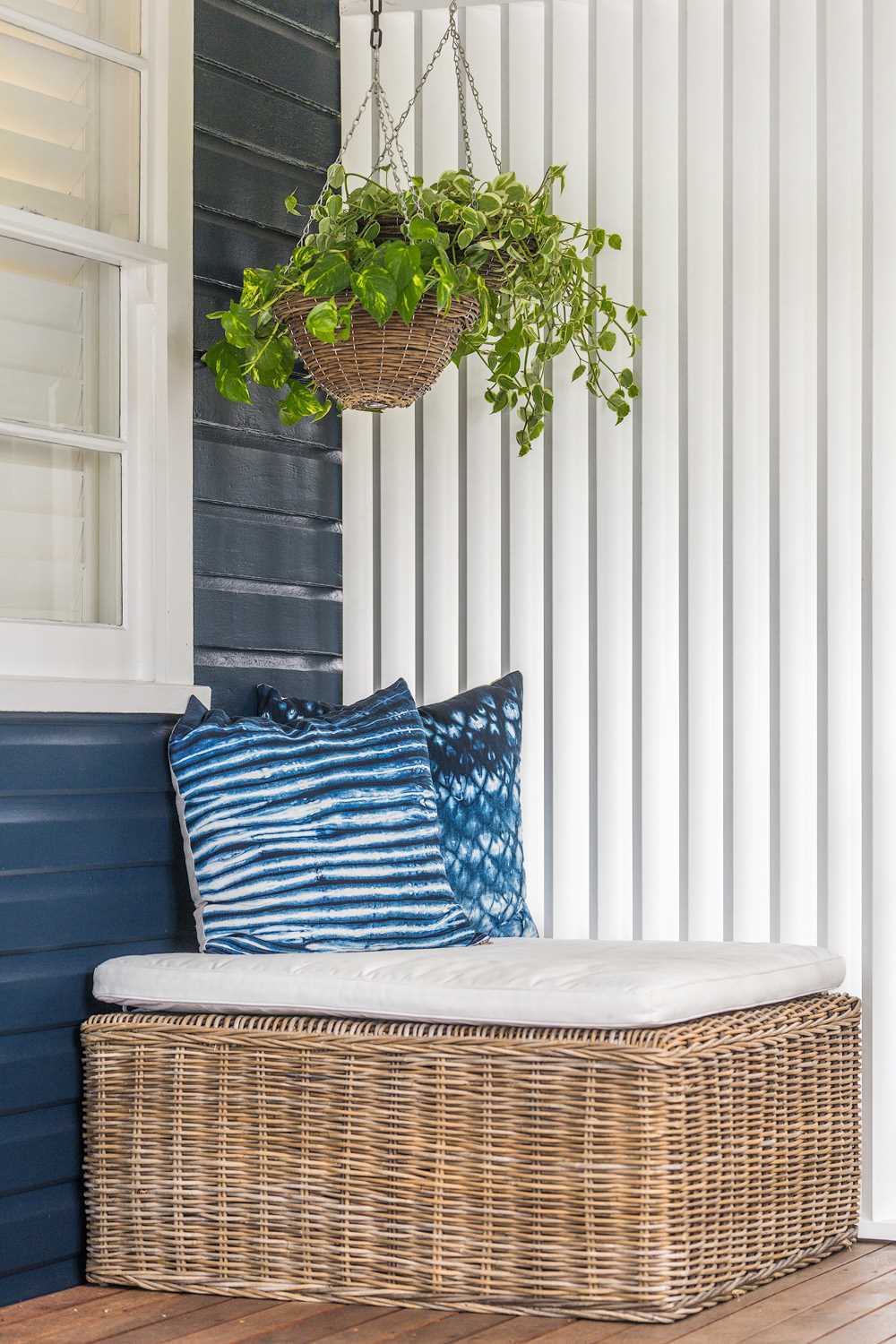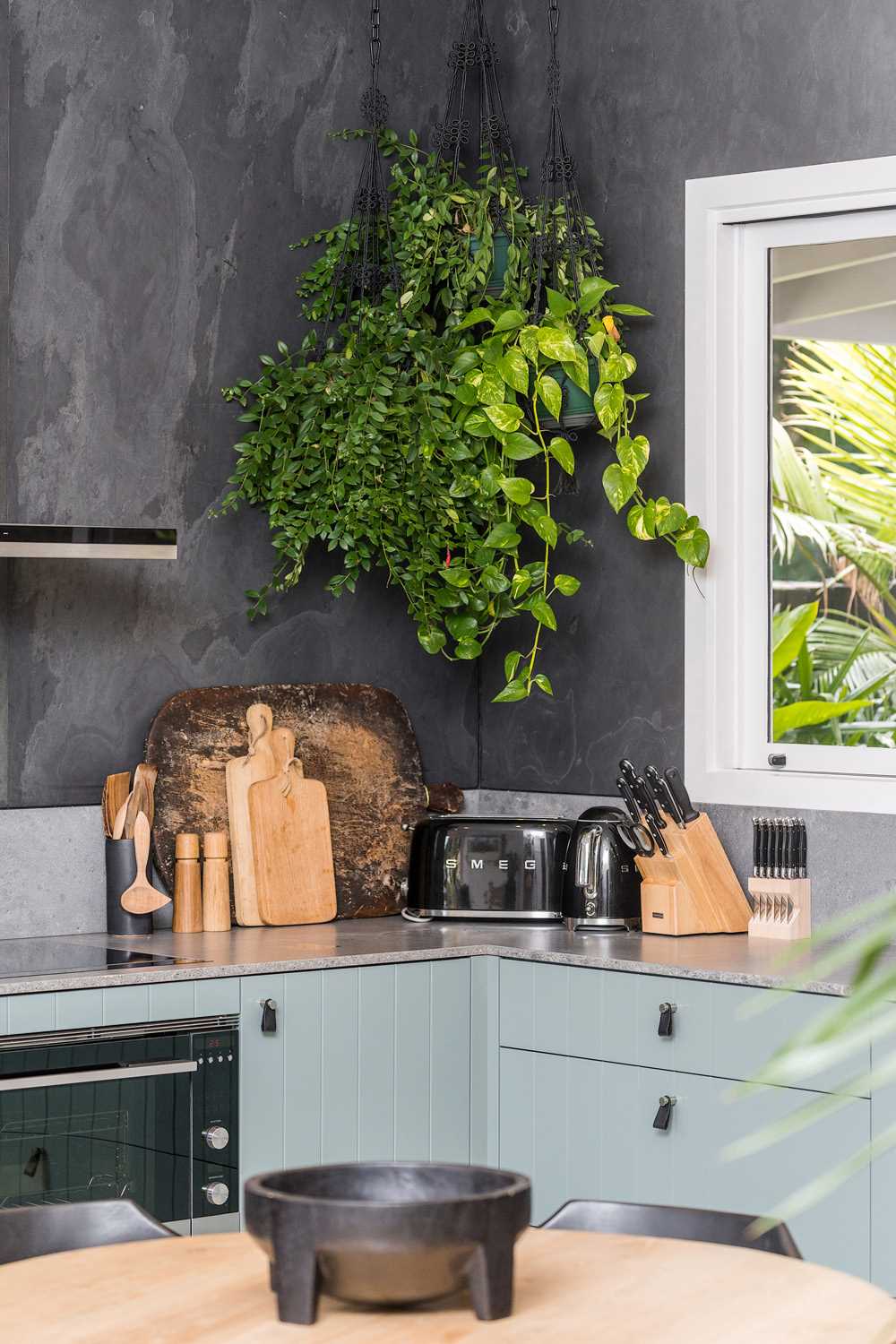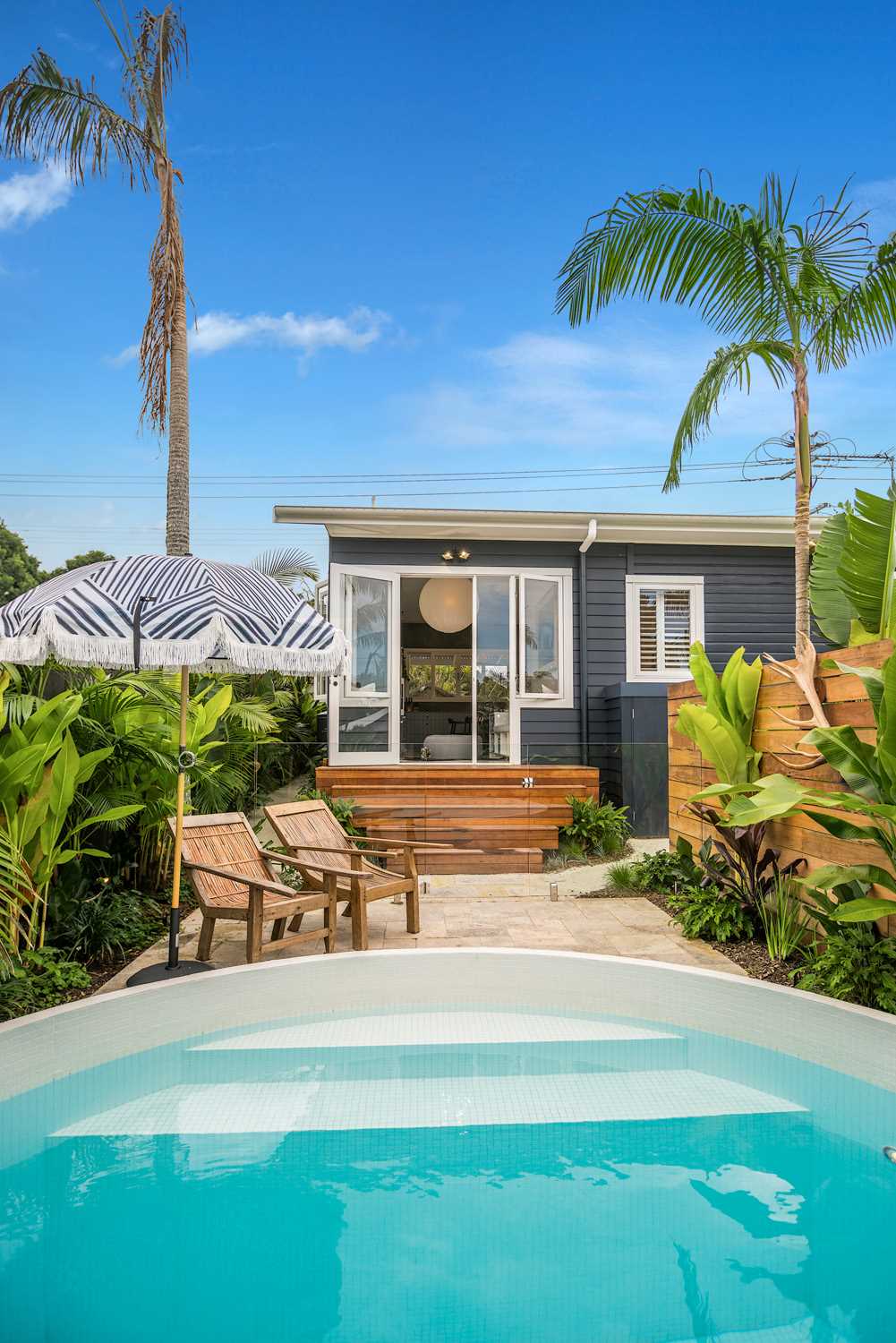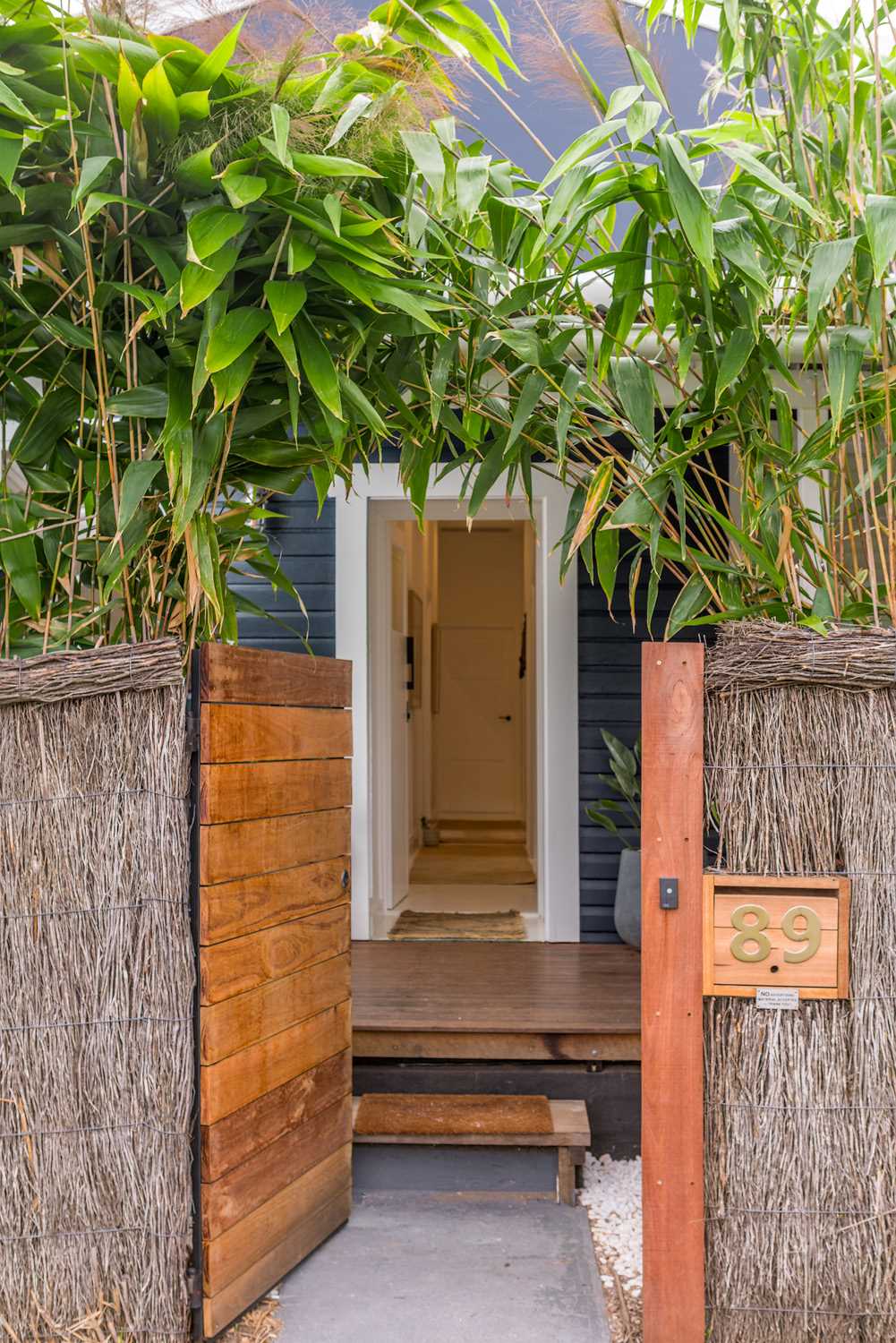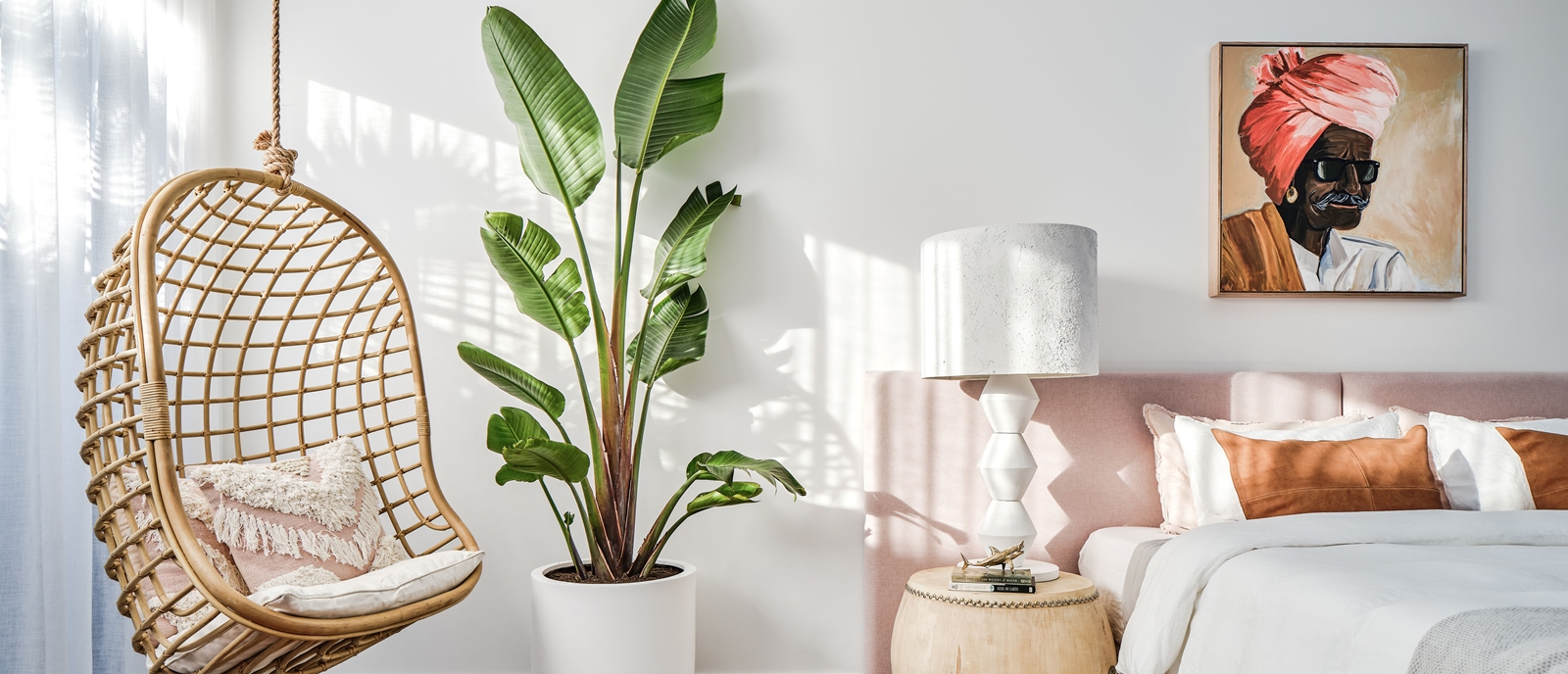
Environment and light
One of the first things to consider when considering plants around your home is what kind of light filters into your spaces. Do the windows get northerly sun? Are the rooms filled with light in the hottest summer months? Or do they receive only weak light in winter? Most indoor house plants flourish in bright but indirect light, as their ancestors once lived in various types of forests, where their light source was distributed through tree foliage. When you’re deciding where to place your plants, consider what time of day the sunlight pours into that room, or if there is enough shade in your backyard for your outdoor plants. Afternoon light can be very hot and can burn many plants, though some plants, like the jade plant, love to sit and soak up the sun’s rays.
Light also cultivates different environments that call for different plants. Some plants thrive in moist and humid conditions – for example, maidenhair ferns and snake plants really take to bathrooms – while others need to live in drier, lighter spaces, such as the lounge room. In the kitchen, hanging plants can make great use of vertical space and add life to an otherwise dull area, such as above a main window or on top of cabinetry.
A plant that cleans the air, such as a Boston fern or weeping fig, is a good idea in a well-used room such as your bedroom or study. According to a study by NASA, some plants are even known for filtering and absorbing any VOCs (volatile organic compounds) that machines such as printers and laptops emit.
Some plants are versatile and can thrive in both indoors and outdoors. Perhaps your indoor-outdoor seating area can be livened up with a striking yucca plant. This interesting plant loves to be inside or outside. As long as it lives in brightly lit but shaded areas, it’ll be happy.
Care and Maintenance
The next thing to think about is how experienced you are with house plants. Some plants are more difficult and demanding to look after than others. If you are new to the plant world, then it’s probably best to start out with some easier, lower-maintenance plants, like devil’s ivy or monstera.
Water sparingly, place in bright, indirect sun and away you go. Other plants that are easy to care for include the spider plant and the ZZ plant (also known as the zanzibar gem).
Native plants that are endemic to your local area are probably best to be planted outdoors and should be fine to thrive on their own without too much intervention. On the other hand, exotic plants that are originally from the tropics, for example, may require extra heat lamps and a daily water misting to create a more humid environment.
Whether you’re ready to spend lots of time on plants, or want an almost set-and-forget house plant is your choice. All plants require at least a certain level of care, so work out how much time and energy you’re willing to invest.
Matching Your Style
If you have a home with timber elements, such as windows and doors from our Botanica range, a wooden bookshelf or even a repurposed timber step ladder could make a great plant holder and complement those timber highlights of your home. Or try a hanging rail for your plants – this can allow you to have trailing and vine plants hanging decoratively without damaging the timber of the house. Cascading plants also look great on shelving because it allows leaves to dangle down the side.
Brightly styled houses can look great with interesting plants, so look no further than the begonia maculata, also known as the polka dot plant. With its eye-catching silver spots on dark green wing-shaped leaves and an underside of deep red-purple, it adds a pop of pattern and colour to any interior.
If you prefer your home décor to be styled simply, with clean accents such as those from our architectural Quantum range, then perhaps look at more minimalist pots and planters. If your home has more of a Hamptons style or a beachside cottage feel, then consider dotting air plants, or tillandsias, around your spaces to bring in a light, breezy touch of nature. Air plants work with these styles because of their aesthetic simplicity and slightness. A home with more rich colouring and textures would suit dark green plants with large, lush foliage. If your home’s façade is a classic Australian workers’ cottage or a renovated Queenslander, adding some Australian native plants around your front entrance might be just the thing you’re looking for to complement the architecture of your home. Kangaroo paw, for example, is a fantastic addition to any sun-drenched area and can be planted in pots or in planter beds.
If you’re looking for house plants that are simple to care for, or your home doesn’t have a fully defined style yet, you could perhaps incorporate timeless plants that work with any style, such as devil’s ivy and monsteras.
Displaying and Styling
The great thing about house plants is their flexibility – there’s no one right way to display and style them in a home. Why not create a wall garden, if the natural lighting is appropriate? Or install shelves and hanging baskets and turn an under-utilised wall into an interior jungle feature?
A statement plant could be the thing you’re missing from your lounge room. Usually a large, eye-drawing plant, it could become the centrepiece of your room or the pride of all your house plants. A beautifully large fiddle leaf fig, cascade palm or even a bird of paradise plant can elevate any space. Statement plants are usually well-established and can have quite complicated needs, so it could be a good idea to practise with smaller plants first – even younger versions of the statement plant – to work out if you can successfully look after it before spending good time and money on an established plant.
For dynamic styling, try differently sized plants. Place a large plant next to a small plant, hang two different types of trailing plants next to each other, or fill a blank corner with a tall rubber plant. If you want to commit to a certain style of plant for a consistent look throughout your home, then consider choosing plant varieties that originate from the same area of the world, and mix their sizes and textures.
Importantly, if you have pets, make sure your plants are animal-friendly. Sometimes pets love to munch on your home greenery, and this can be quite dangerous depending on the plant. So if you have pets, it’s probably best to avoid plants that have toxic qualities.
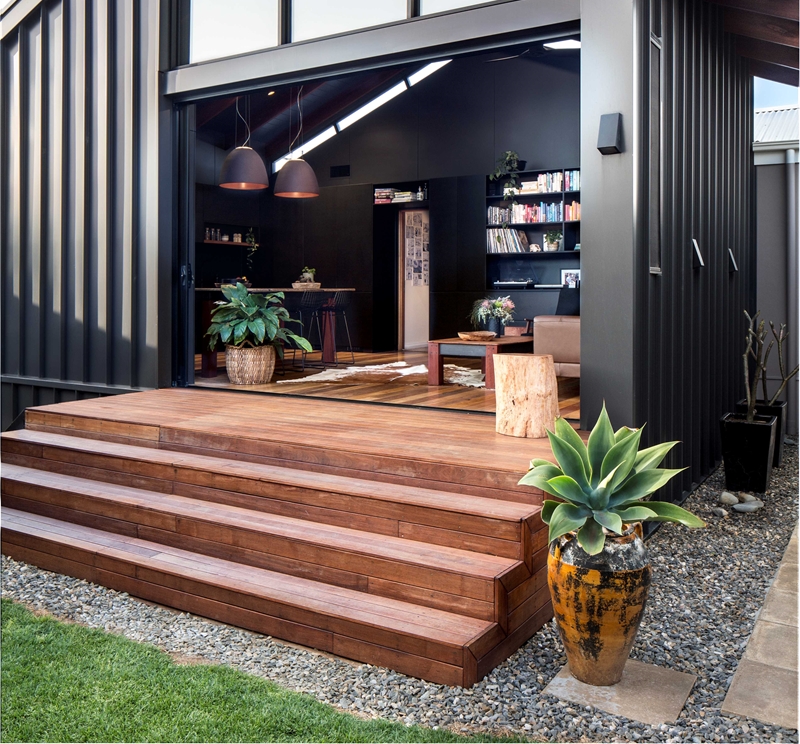
GROW YOUR OWN WAY
Decorating your home with plants can elevate and brighten any space. Whether you’re a novice or know plants like a hundred-year-old tree knows its roots, the massive variety of plants out there means that designing your home with plants in mind is sure to satisfy your creative green thumb.
Explore more building and renovating guides
Your Quote
item(s)Attach Documents(Plans, Reports, Photos)
Installation
Product Selection Summary
No products in the Quote Drawer.
Your Quote
item(s)Quote submitted
Thank you for your quote request.
We look forward to helping you with your project.
You will receive an email confirming your enquiry number.
A Trend team member will contact you within two business days to discuss your project.
